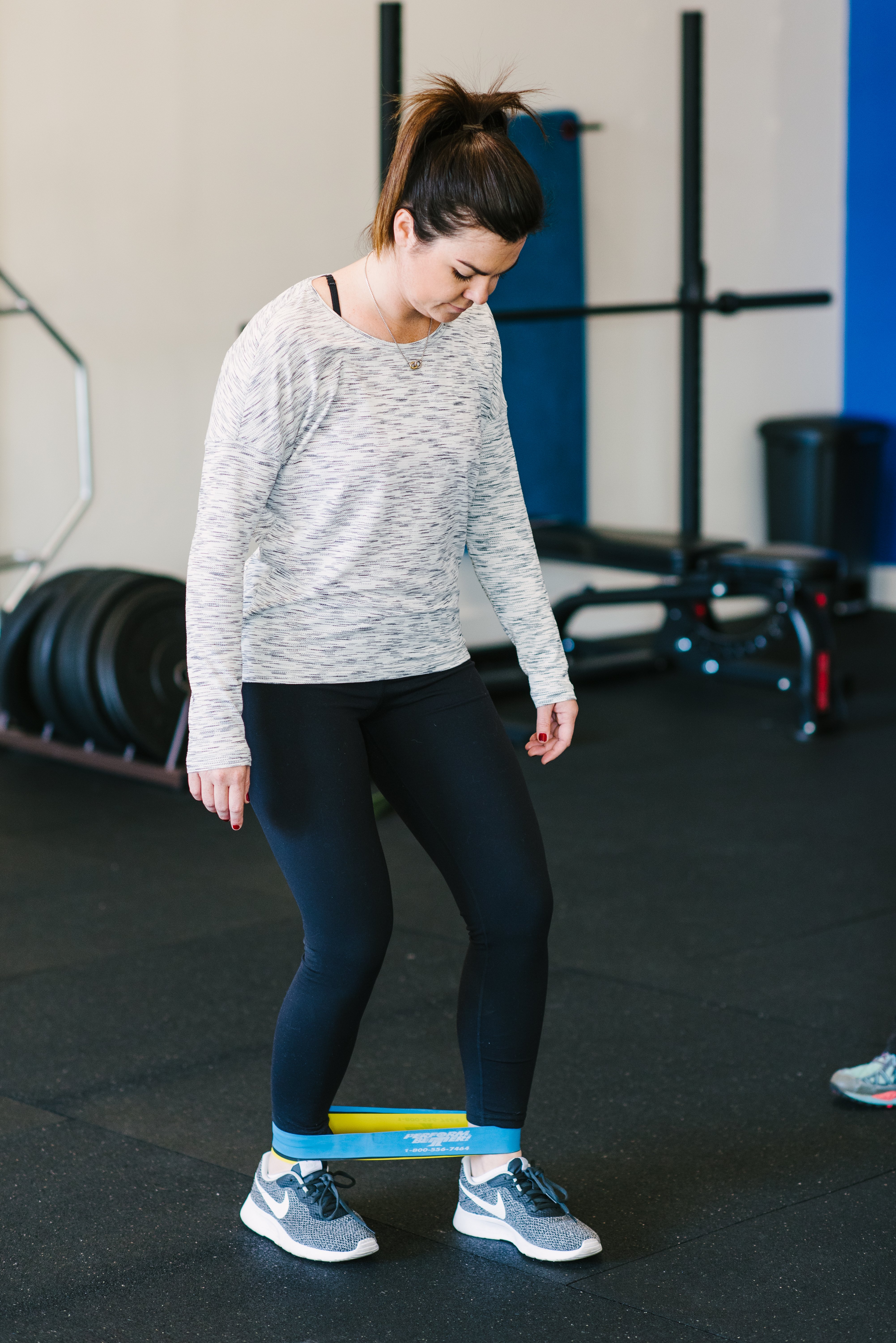Activities such as sitting, doing recreational activities or just hanging out with friends and family all seem like normal activities everyone should be able to do. However, when pain arises somewhere in the body, these activities become challenging. A common site of pain in the body is hip tightness. Symptoms such as sciatica creates pain that runs down the side of the hip all the way down to the knee are common triggers that lead to debilitating pain. Limping due to pain lingering down the leg can cause a halt to every day physical activities. The IT band is a large ligament that spans from the back of the hip to the outer portion of the knee. When the IT band gets too tight, pain will occur in this area. Weakness around the lower back, back of the hip and knee joint occur as well due to the distraction that pain can bring. This can hinder our desire to be active in our normal daily activities. This “pain in the butt” can also distract us from being happy and turn our moods upside down.
Don’t let this pain slow you down, because it is curable. Once we know what causes this pain, the detrimental effects of this type of injury can be remedied or avoided. We teach our personal training clients the indicators that tell us the IT band may be irritated by noticing the factors that exacerbate this injury. Likely culprits include sitting down for too long, insufficient injury prevention awareness, and lack of exercise to strengthen the gluteal muscles.
A common mechanism of injury is simply sitting down for too long. Commuters, desk job workers, and students all sit for long periods of time. Picture the entire weight of the upper body of a human resting down on the IT band, the sciatic nerve and the gluteal muscles. Now imagine bending a garden hose at a ninety-degree angle while standing on it for a few hours. You would notice that the rubber in the hose molds to the ninety-degree position. It would take a while for the hose to revert to its initial shape. The same process occurs in the human body when remaining in a seated position for a prolonged period. The muscles and ligaments of the hip become molded in a 90-degree shape and take a while to return to normal position. This constriction of muscles and ligaments limit the delivery of oxygenated blood flow to muscles, ligaments and nerves of the lower extremities. This can lead to nagging nerve pain and stiffness in physical activities that shouldn’t be that challenging to perform.
The first solution to preventing the hips from becoming too tight is to simply stand up from long bouts of sitting. We encourage our personal training clients to set timers every 90 minutes to get up and walk around for 5 minutes. This stimulates blood flow to muscles and won’t force muscles to remain in a constricted position and lock up. More importantly, exercising the muscles that attach to the hip joint are critical to help the joints maintain mobility and strength. Providing a healthy environment for the glutes, hamstrings, quadriceps and adductors will help to support the structure of the hip and thigh bones so compression of the sciatic nerve and IT band is less likely to occur.
Sure, pain in the hip region can be a bear. But don’t just let it sit there and linger. If we throw our hands up in the air and settle with the fact that we have pain, we are going to live with pain. However, if we can identify the source of pain, we can draw a road map of how to remedy the situation. If you have tight hips, don’t forget to train the muscles surrounding the hip joint. Most importantly, don’t forget to get up from your seats and walk around regularly.
Sean McCawley, the founder and owner of Napa Tenacious Fitness in Napa, CA, welcomes questions and comments. Reach him at 707-287-2727, napatenacious@gmail.com or visit the website napatenaciousfitness.com.

